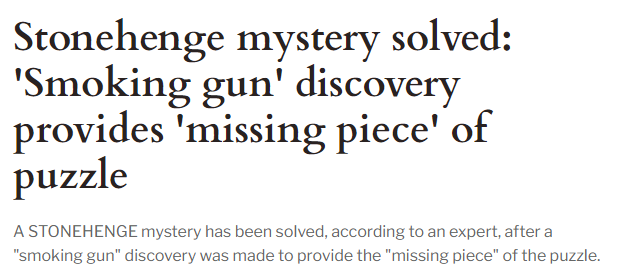Photo - Wiltshire Museum - close up view of ditch section during excavation of stone circle, Avebury, Wiltshire, 1911, an image from the Wiltshire Life Society collection
Currently dated to the first half of the 3rd millennium BCE, the megalithic monuments at Avebury, North Wiltshire, form part of the UNESCO Stonehenge and Avebury World Heritage Site. Avebury includes the world’s largest stone circle at almost 350 metres across, with avenues of paired standing stones that extend for 3.5 kilometres.
The only large-scale archaeological excavations to take place at Avebury were carried out just before the outbreak of WWII. Materials and objects collected and made at this time were left under-analysed for decades. As a result, we have – until now – only had a partial understanding of Avebury’s past and present.
We will add to the archaeological work that ended so abruptly due to the war, bringing together findings from 1939 and subsequent excavations. The archive also includes creative work inspired by Avebury, and these stories are just as important as the stones for understanding Avebury today. Importantly, the entire archive will be made available online on an ‘open access’ basis for anyone to use for research, enjoyment, and artistic projects.
xx
By providing a fuller understanding of the history and modern significance of this World Heritage Site, this research and the creation of the multi-media digital archive will enable more effective heritage management, education, and tourism programmes. We look forward to visitors, enthusiasts and students of prehistory, artists, and heritage organisations, exploring the many stories of the origins and re-use of Avebury across over 5,000 years.
The Avebury Papers is a collaboration between Bournemouth University, the University of York, the National Trust, and the Archaeology Data Service, with support from Historic England and English Heritage.


